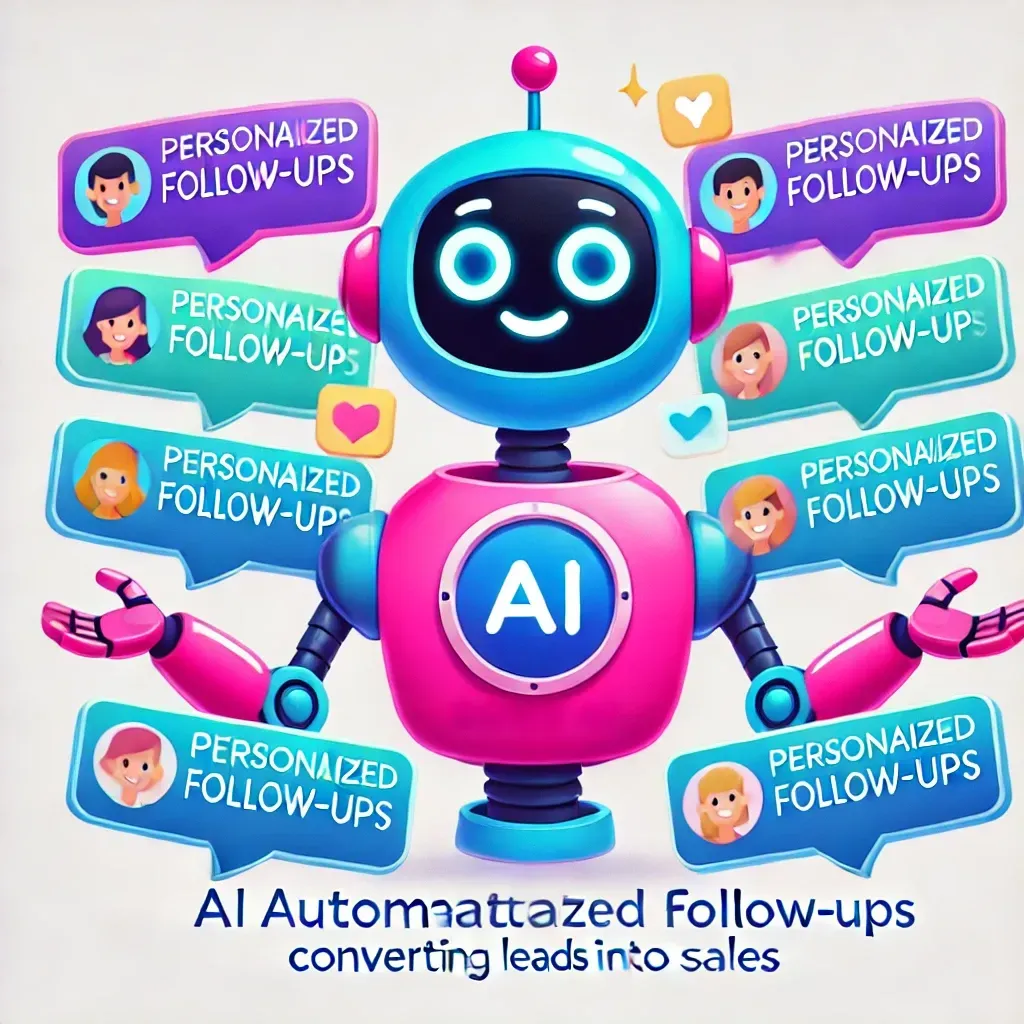How SMEs Can Compete with Big Businesses Using AI
How Small Businesses (David) Can Harness AI to Outsmart the Giants (Goliath)
In the past, small and medium-sized enterprises (SMEs) often found themselves at a disadvantage when competing with large companies & corporations. Limited budgets, smaller teams, and fewer resources meant big businesses could often outpace their smaller counterparts in customer service, efficiency, and scalability.
However, the rise of artificial intelligence (AI) is changing the game. AI is no longer a tool reserved for enterprise-level operations; it’s now accessible, affordable, and transformative for businesses of any size. SMEs that embrace AI can level the playing field and, in some cases, even outperform their larger competitors.
The AI Advantage for SMEs
AI empowers SMEs to operate with the efficiency, speed, and personalisation of much larger organisations. Here are some key areas where AI can help small businesses thrive:
1. Customer Service: Delivering Big-Business Support
AI-driven tools like chatbots and virtual assistants allow SMEs to offer 24/7 customer service without hiring additional staff. These tools can answer common questions, resolve issues, and even process transactions, creating a seamless experience for customers.
- Example: A small e-commerce store implemented an AI chatbot to handle customer inquiries about orders, returns, and product availability. This reduced response times from hours to seconds, leading to a 30% increase in customer satisfaction and repeat purchases.
2. Automation: Freeing Up Valuable Time
Repetitive tasks like data entry, appointment scheduling, and email marketing can drain valuable time and resources. AI automates these processes, allowing business owners and employees to focus on strategic, revenue-generating activities.
- Example: A boutique fitness studio used AI scheduling software to manage class bookings and send automated reminders. This eliminated scheduling conflicts and reduced no-shows by 20%.
3. Personalised Marketing: Engaging Customers Like Never Before
AI can analyze customer behavior, preferences, and purchase history to create highly targeted marketing campaigns. This level of personalization builds stronger customer relationships and drives higher conversion rates.
- Example: A local bakery used AI to send tailored promotions to customers based on their past purchases. Sales from personalized offers increased by 25% within the first month.
4. Data Insights: Making Smarter Decisions
AI-powered analytics tools provide SMEs with insights that were once only available to large corporations with dedicated data teams. These tools can help businesses identify trends, predict customer needs, and optimise operations.
- Example: A small clothing brand used AI to analyse sales data and discovered that a specific product was consistently selling out. By adjusting their inventory based on these insights, they increased revenue by 15% and reduced stockouts.
Success Stories: SMEs Winning with AI
Here are real-life examples of SMEs that used AI to compete with—and sometimes surpass—their larger competitors:
Case Study 1: An Independent Coffee Shop
A small coffee shop faced stiff competition from national chains in the same neighbourhood. By implementing AI tools, the shop revolutionised its customer experience:
- AI Chatbot: A chatbot took orders via phone and the shop’s website, offering customers an easy way to skip lines.
- Predictive Analytics: AI analysed peak hours and customer preferences, helping the shop optimise staffing and inventory.
- Result: Revenue grew by 20% in just six months, and loyal customers appreciated the personalised service.
Case Study 2: A Family-Owned Retail Store
A family-owned clothing store struggled to compete with big-box retailers. AI transformed their operations:
- AI-Powered Recommendations: Their website featured AI-driven product recommendations, similar to large e-commerce platforms.
- Email Automation: AI sent personalised emails to customers with tailored suggestions and exclusive discounts.
- Result: Online sales doubled, and customer retention improved significantly.
Case Study 3: A Regional Accounting Firm
A regional accounting firm used AI to streamline its services and attract more clients:
- AI Automation: Tools automated repetitive tasks like invoice processing and tax calculations, reducing errors and saving time.
- Virtual Assistant: A virtual assistant scheduled client meetings and sent reminders.
- Result: The firm’s efficiency improvements allowed them to serve 25% more clients without increasing staff.
How SMEs Can Get Started with AI
For SMEs ready to embrace AI, here’s a roadmap to get started:
1. Identify Pain Points
Pinpoint the tasks or processes in your business that are time-consuming, error-prone, or resource-intensive. These are ideal areas to introduce AI.
2. Start Small
You don’t need to overhaul your entire business overnight. Begin with one or two AI tools, such as a chatbot for customer service or scheduling software, and expand as you see results.
3. Leverage Affordable Tools
Many AI solutions are designed with small businesses in mind, offering subscription-based pricing or pay-as-you-go models.
Examples include:
- Customer Service: ChatGPT, Zendesk AI, Doris
- Automation: Zapier, Calendly, GHL
- Marketing: Mailchimp with AI, HubSpot, GHL
4. Monitor Performance
Track how AI impacts your operations, customer satisfaction, and revenue. Use this data to fine-tune your approach and identify additional opportunities to leverage AI.
The Future of SMEs with AI
The beauty of AI lies in its ability to scale. As your business grows, so can your use of AI. What starts as a tool for automating emails or answering customer inquiries can evolve into a comprehensive strategy for managing inventory, forecasting demand, or even launching new products.
AI isn’t just for the big players anymore. By adopting AI technologies, SMEs can achieve the efficiency, customer service, and innovation traditionally associated with large corporations—without the hefty price tag.
Growing Smarter and Faster with AI
In today’s competitive landscape, SMEs no longer need to feel overshadowed by big businesses. AI gives small businesses the tools to deliver exceptional customer experiences, operate with precision, and grow strategically.
Whether it’s automating repetitive tasks, personalizing marketing, or gaining data-driven insights, AI helps SMEs grow smarter and faster. The playing field is leveling, and those who embrace AI early will lead the way in redefining what small businesses can achieve.
All Rights Reserved | Get Doris











